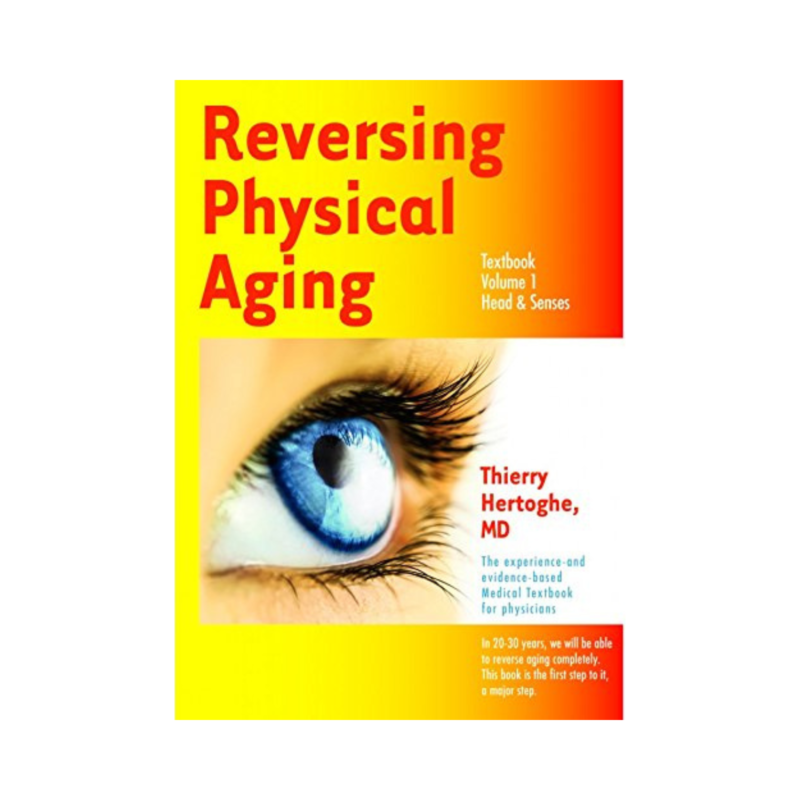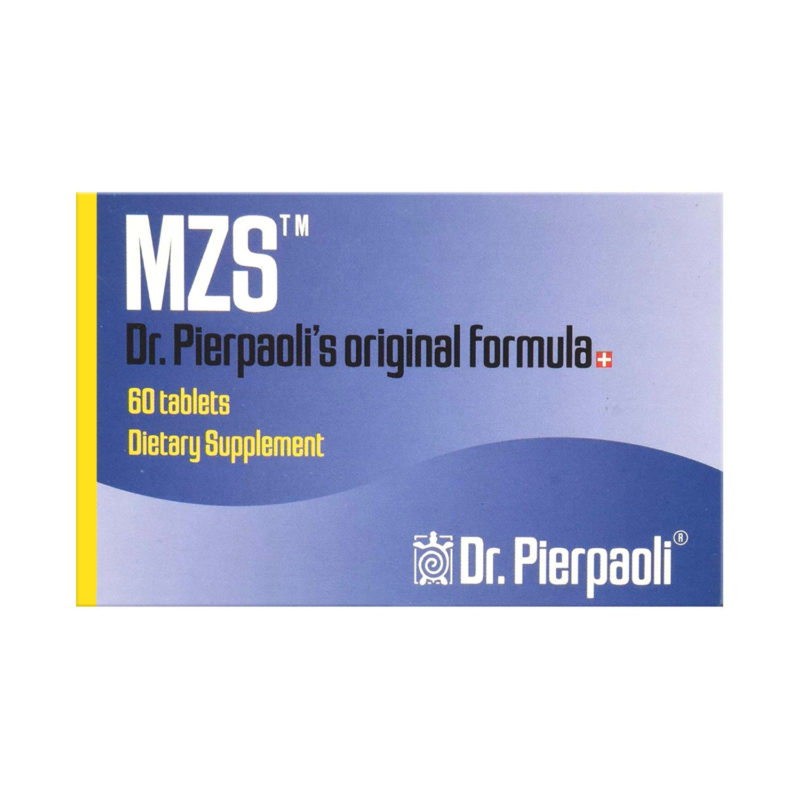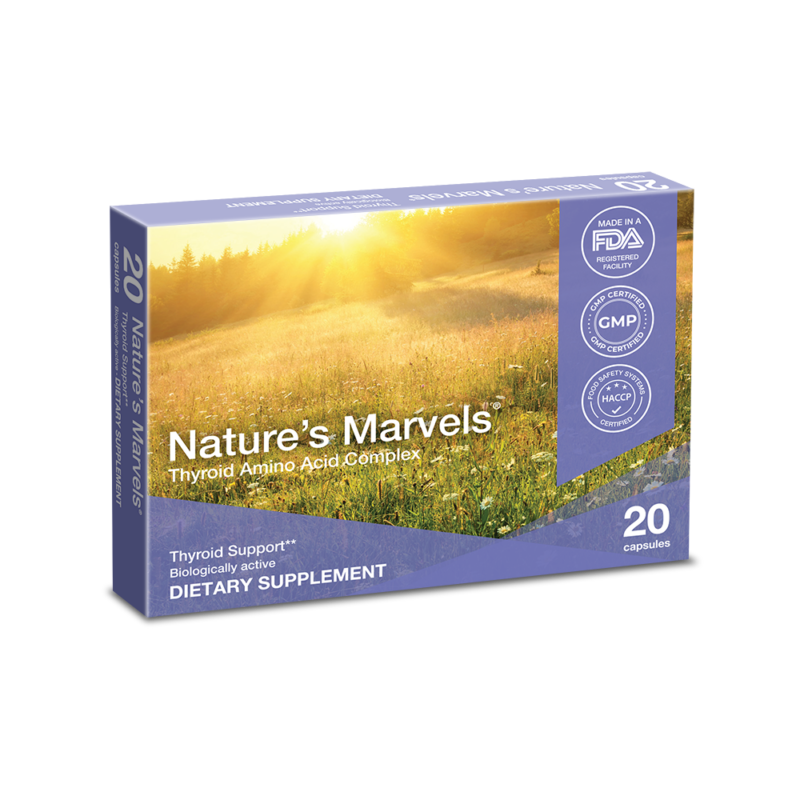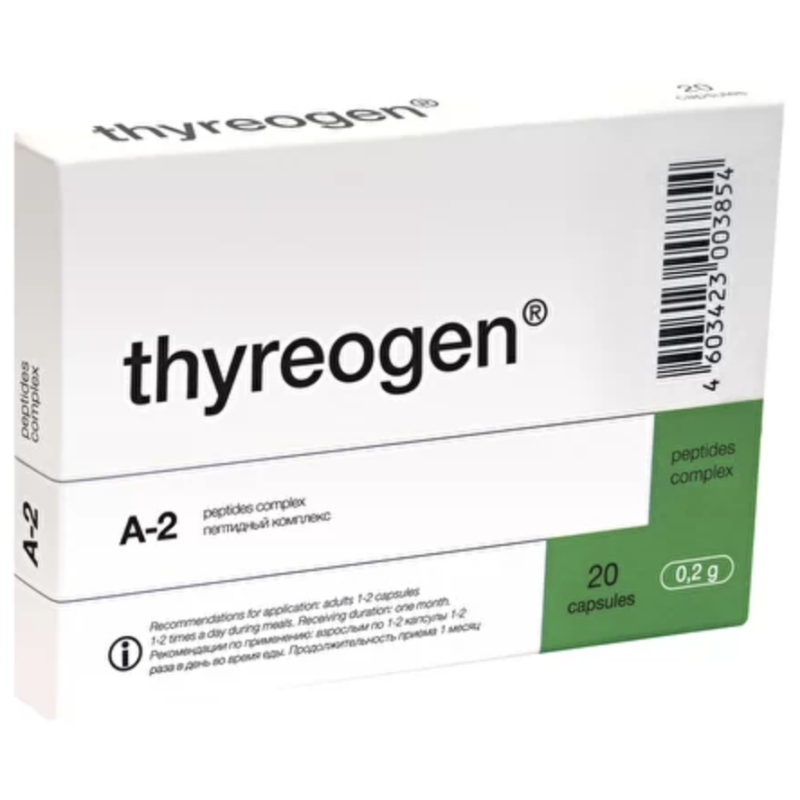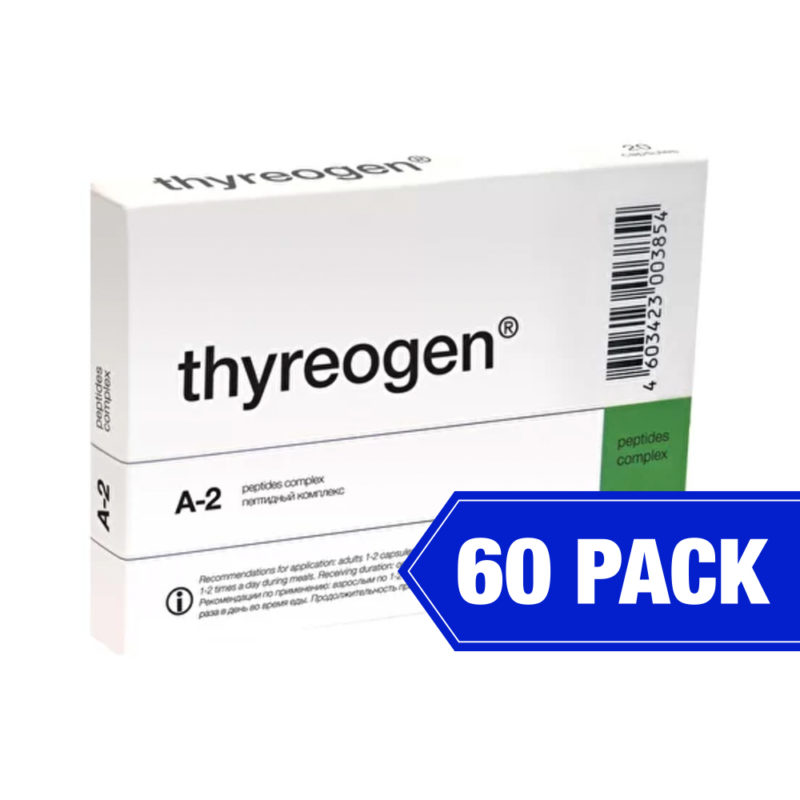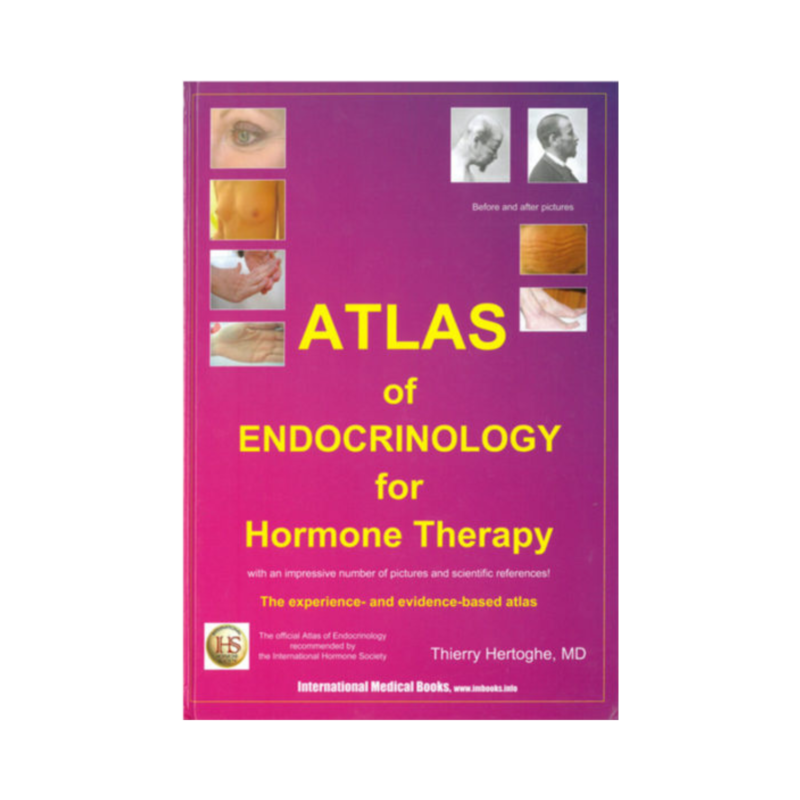
Atlas of Endocrinology for Hormone Therapy By Dr Thierry Hertoghe MD (327 page book)
Atlas of Endocrinology for Hormone Therapy
This incredible book is a pictorial guide to the physical attributes of what each hormone, whether it is in hyper or hypo activity within a patient can do.
Essential for physicians working in hormone therapy and particular for those who treat multiple endocrine deficiencies. It helps to further deepen skills not only in detecting the well-known signs of severe deficiencies but also recognising the variety of signs of milder forms of deficiencies and excesses whose knowledge is crucial for the follow up.
This product has the
following ingredients
This product is associated with the following health conditions
ADHD/ADD Adrenal fatigue Age Related Mental Decline Alzheimer’s disease Anabolic Antiaging Autism Cancer Chronic fatigue syndrome Cognitive Compulisve Disorder Treatment Dementia Depression DHT Alternation (dihydrotestosterone) Diabetes DNA Support Energy Improvement Erectile dysfunction Growth Hormone (improvement) Hair Improvement Health Diagnostics HGH HRT (hormone replacement therapy for women- includes supportive agents) Human Growth Hormone Hypothyroidism Immune System Improvement Libido Longevity Enhancement (significant lifespan increases seen in animal studies) Macular degeneration Memory Menopause Methylation (convesion of one chemical into another inside the body) Mitochondrial Support Narcolepsy (sleeping in the daytime) Parkinson’s disease Photoaging Physical Energy Improvement PMS (Pre-menstrual Syndrome) Prostate PSA (Prostate Specific Antigen) Senile dementia Senility Sex (Libido) Skin problems Stress Tanning (darkening skin color) Thyroid Triglycerides Weight Gain Weight Loss Well-beingProduct Description
Atlas of Endocrinology for Hormone Therapy By Dr Thierry Hertoghe MD
This incredible book is a pictorial guide to the physical attributes of what each hormone, whether it is in hyper or hypo activity within a patient can do. In other words here is the forgotten approach to medicine, a physical exam of a patient to determine which hormones they are lacking or which they may have too much of. This incredible reference tool details several generations of Dr. Hertoghe’s family’s experience in endocrinology. Hormones covered include GH, IGF1, MSH, oxytocin, vasopressin, melatonin, thyroid, calcitonin, parathormone, cortisol, DHEA, pregnenolone, aldosterone, insulin, estrogen, progesterone and testosterone.

